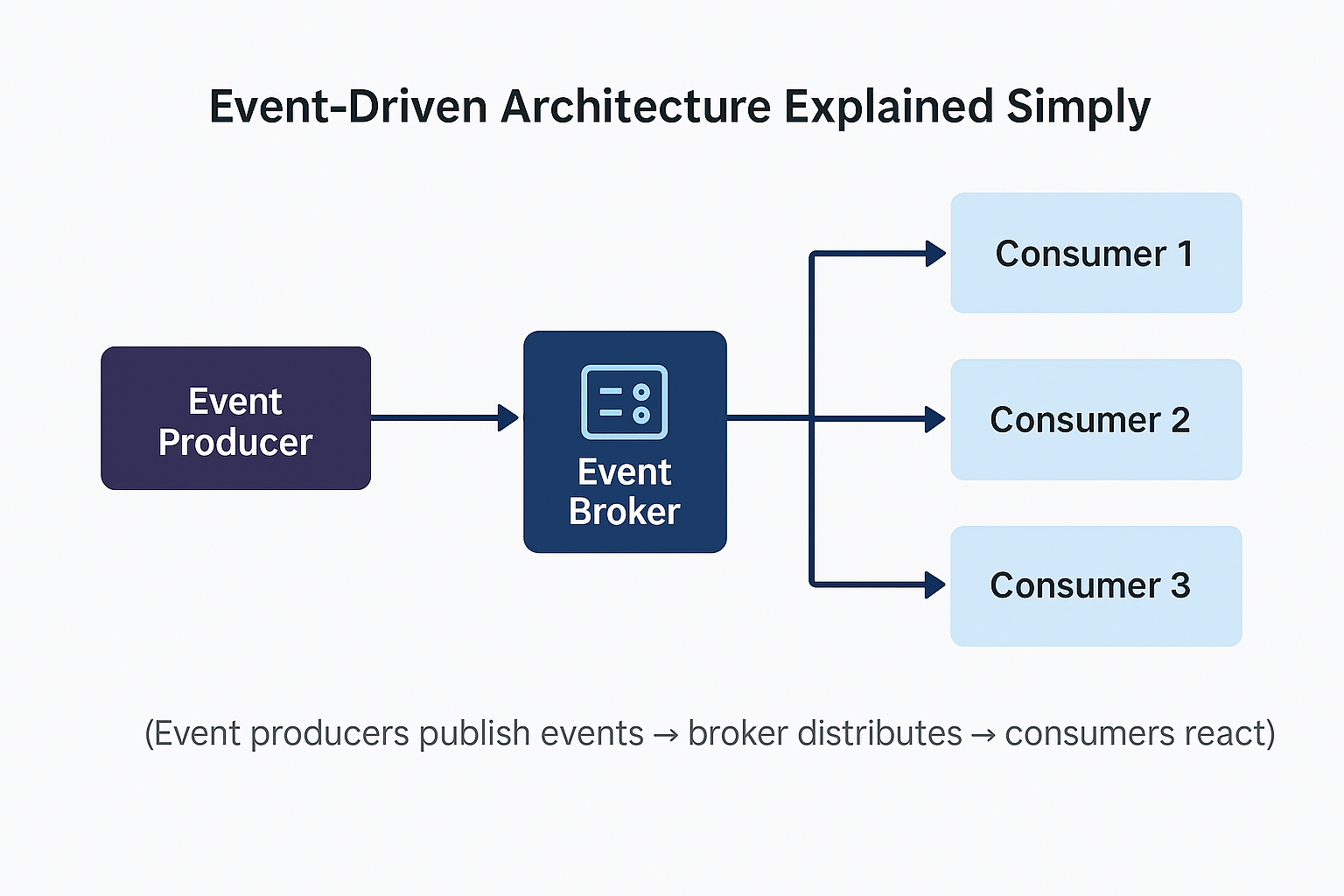Architecture Insights: Monolith vs Microservices – Which Fits Your Team?
Posted On: July 16, 2025 | 2 min read
Architecture Insights: Monolith vs Microservices – Which Fits Your Team?
In software architecture, the debate between monolithic and microservices architectures is as old as microservices themselves. While microservices promise agility and scalability, monoliths remain the simplest and fastest way to get a product off the ground. The right choice depends on your team’s size, skills, and goals.
What Is a Monolith?
A monolith is a single, unified codebase where all features and business logic are packaged and deployed together.
Pros:
- Simplicity: Easier to develop, test, and deploy in early stages.
- Performance: No network overhead between modules since everything runs within a single process.
- Lower operational complexity: One codebase, one deployment pipeline, one database.
Cons:
- Scaling pain: Hard to scale specific parts of the application independently.
- Slow deployments: A small change can require redeploying the entire application.
- Coupled code: Over time, tight coupling can slow down development.
What Are Microservices?
A microservices architecture breaks down functionality into smaller, independent services that communicate via APIs (often HTTP or messaging).
Pros:
- Independent scaling: Scale only what you need (e.g., checkout service in e-commerce).
- Technology freedom: Teams can choose different tech stacks for different services.
- Faster development at scale: Multiple teams can work independently without blocking each other.
Cons:
- Operational complexity: Requires robust DevOps (monitoring, CI/CD, service discovery).
- Data consistency challenges: Distributed systems need careful handling of data and transactions.
- Higher learning curve: Requires expertise in distributed systems and infrastructure.
How to Choose?
Ask yourself:
- Team Size: Small team (3–5 devs) → Monolith is easier. Large teams → Microservices may prevent bottlenecks.
- Stage of Product: MVP or early-stage → Monolith for speed. Mature, scaling product → Consider microservices.
- Infrastructure: Do you have the DevOps maturity to handle microservices?
- Change Frequency: If features evolve rapidly and independently, microservices might fit better.
Visual Aid

Figure: Conceptual representation of Monolithic and Microservices architectures (for learning purposes – actual implementations may vary)
Conclusion
There is no “one size fits all.” Start with a monolith if you’re early and move to microservices when scaling pain becomes real. Many successful products (like Amazon, Netflix) began as monoliths before evolving to microservices.


No comments yet. Be the first to comment!